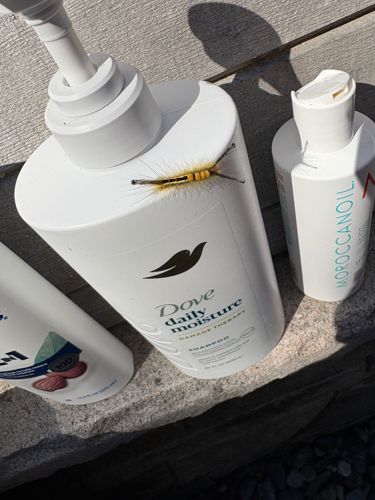Yellow Tussock Moth Caterpillar (or possibly a related Tussock Moth species)
Scientific Name: Lophocampa caryae (Hickory Tussock Moth) or a closely related Lophocampa species, given the yellow coloring and tufts.
Order & Family: Order: Lepidoptera, Family: Erebidae (formerly Arctiidae)
Size: Caterpillars can reach lengths of 3-5 cm upon maturity before pupation.

Natural Habitat
Found in forests, woodlands, parks, gardens, and other areas with suitable host plants.
Diet & Feeding
Herbivorous, feeding on the leaves of a wide variety of deciduous trees and shrubs. Common host plants include oak, birch, willow, and various fruit trees.
Behavior Patterns
The caterpillar is the larval stage of a moth. Tiger moth caterpillars are known for their hairy appearance. They typically move by crawling, searching for host plants to feed on. When disturbed, some may curl up into a defensive posture. After a period of growth and molting, the caterpillar will pupate, transforming into an adult moth.
Risks & Benefits
Potential Risks: The hairs on tussock moth caterpillars, particularly the abdominal tussocks, can cause skin irritation (dermatitis) in sensitive individuals if handled, leading to itching, rashes, and hives. Therefore, it's best to avoid direct contact. This species is generally not considered a significant agricultural pest. Potential Benefits: As part of the food web, they serve as a food source for birds and other predators. Adult moths play a role in pollination, though typically minor.
Identified on: 8/16/2025